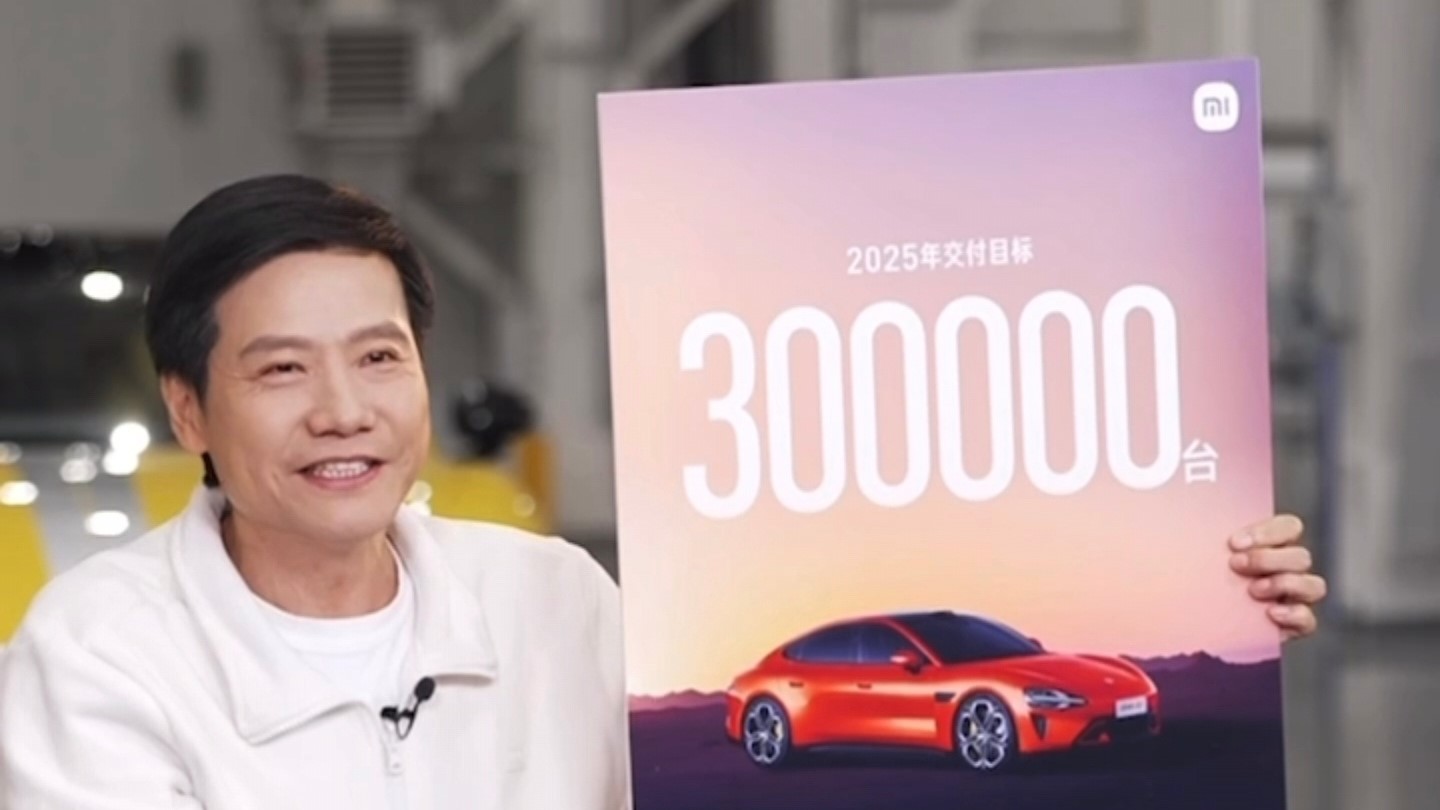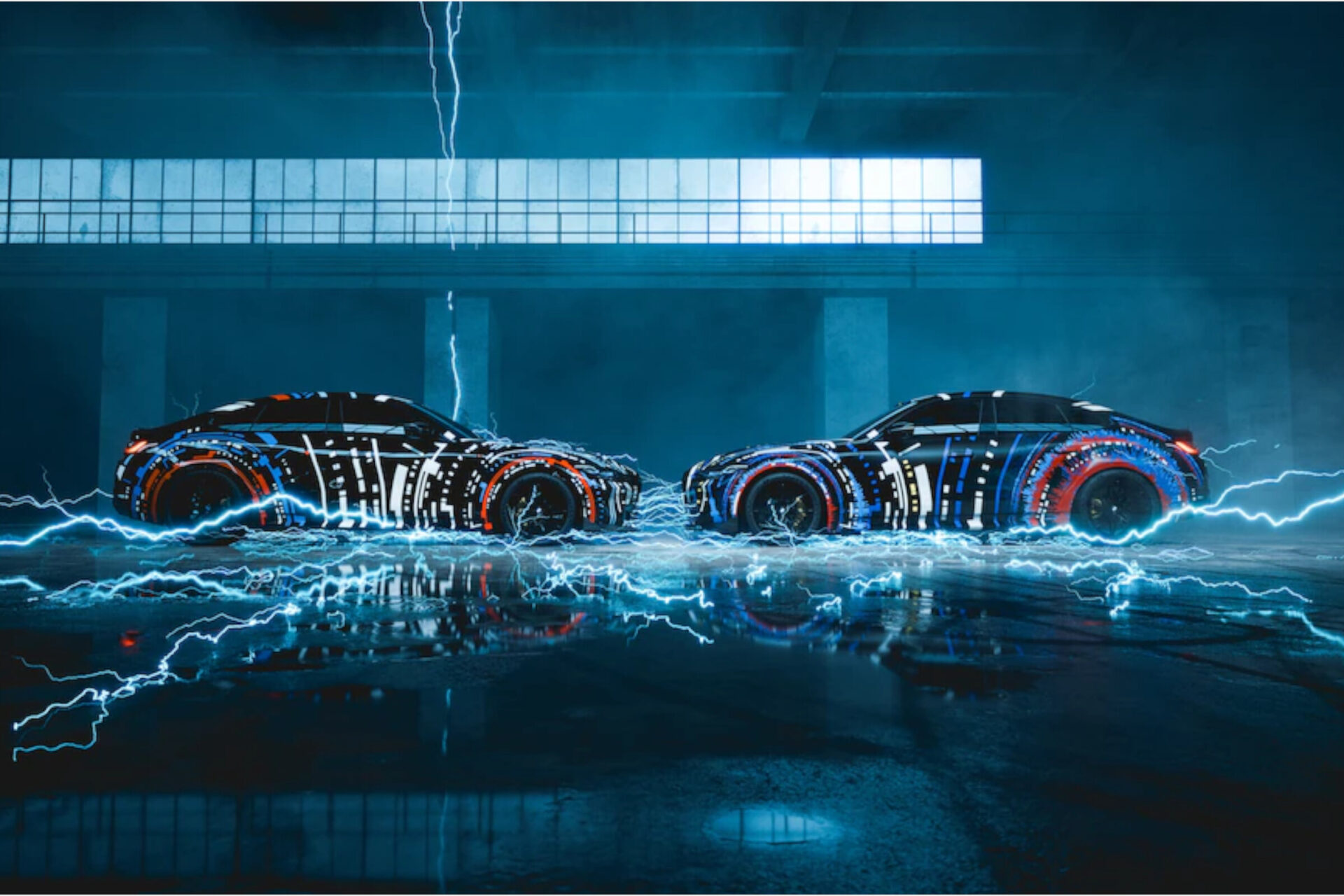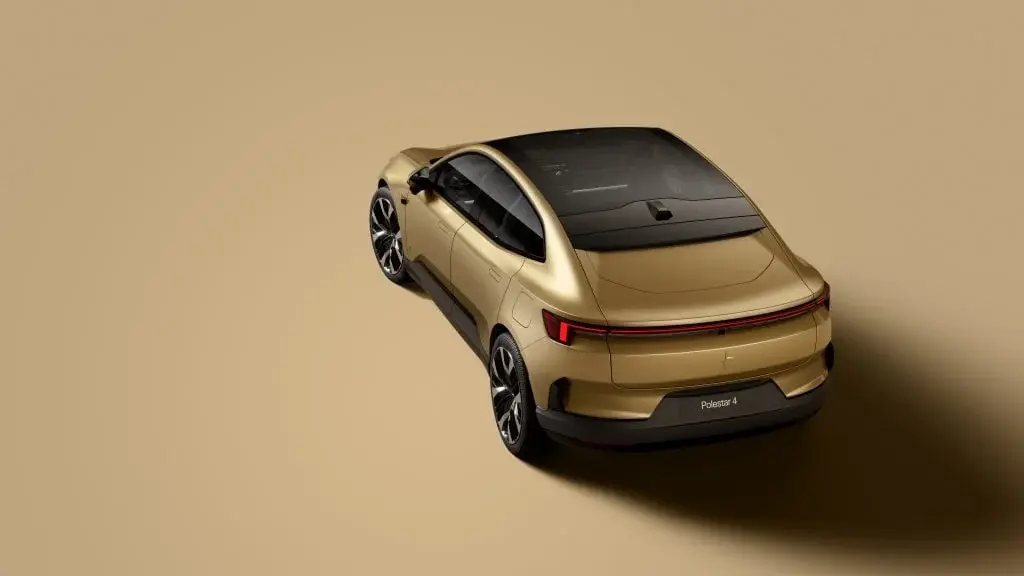New electric vehicle manufacturer Xiaomi has successfully delivered 150,000 units of its first SU7 sedan in under a year, according to the company’s founder, chairman, and CEO, Lei Jun.
Recent Sales Update
In a video where Lei showcased the Xiaomi SU7’s self-driving capabilities, he revealed this latest sales milestone. Previously, he mentioned that around 135,000 units were sold in 2024, implying that approximately 15,000 units have been sold this year, 2025.
Launch Details
The Xiaomi SU7 made its debut on March 28, 2024, offering three different trims right from the start, with deliveries commencing in April. The Standard model is priced at RMB 215,900 ($29,800), while the Pro and Max trims are priced at RMB 245,900 ($33,900) and RMB 299,900 ($41,400), respectively.
Future Plans
Xiaomi is increasing its production efforts, aiming for 300,000 SU7 deliveries throughout this year. During the same presentation, Lei unveiled a limited-edition red version to celebrate the company’s 15th anniversary, which will be available for RMB 9,000 ($1,230). This special color is set to start deliveries in March.
Additionally, Xiaomi has announced the Ultra version of the SU7, scheduled for launch in March. Pre-orders are now open for Chinese customers at a starting price of RMB 814,900 ($112,400). The company also revealed plans for its next EV, the Xiaomi YU7 SUV, which is expected to hit the market in June or July 2025.
Source:
Link





